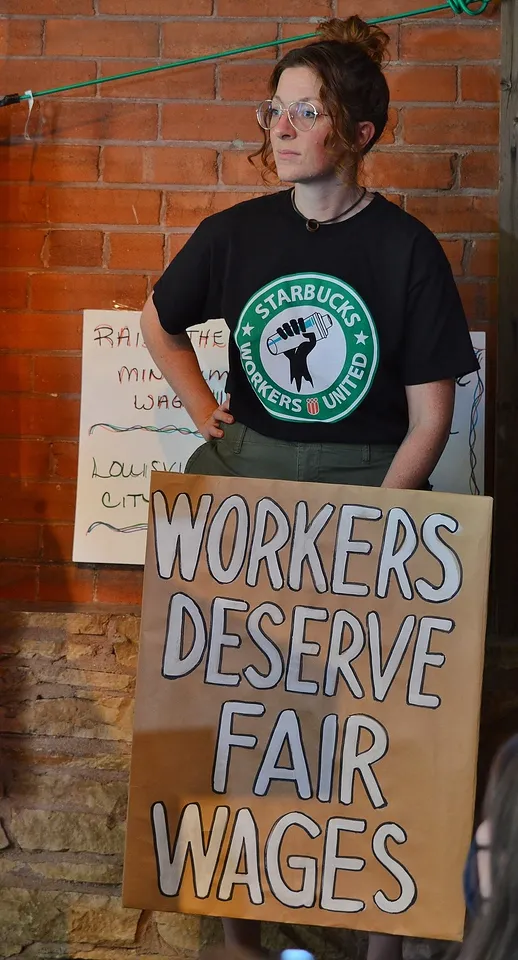Join the Fight for Living Wage in Boulder County

Photo credit: desrowVISUALS/ChrisGoodwincouncil After 3 long years, our advocacy work is finally paying off! BALC has been proud to stand with our local community organizations and unions as part of the Coalition for Self-Sufficiency Standard. As we fight together for a better future, and improving our local economy by bringing better wages to those most impacted. A minimum wage should be a living wage, and not require someone to have to get a second or third job, or have to apply for government benefits. We advocate for the dignity of all workers, and stand firm in our commitment to ensuring the minimum wage is adjusted to the reality of our economic conditions, especially since Boulder County is the one of the most expensive counties in the state of Colorado! A $25 Minimum Wage is the Bare Minimum: The Boulder County Self Sufficiency Wage Coalition firmly believes that a $25 per hour minimum wage by 2030 is the bare minimum needed throughout Boulder County. This wage rate will make it possible for workers and their families to better afford their basic necessities and will give them a chance to thrive in a county where the cost of living surpasses the state average. A lower minimum wage or a slower phase-in schedule will not meet the needs of Boulder County families. Advocacy and Momentum: Workers and advocates have been fighting tirelessly for this wage increase, garnering significant support and momentum, including a win in collaboration with County Commissioners in unincorporated Boulder County. It's time for the cities of Boulder, Erie, Lafayette, Longmont, and Louisville to follow suit and adopt a local wage floor of $25 per hour by 2030. This wage increase is desperately needed, as underpaid workers continue to face the impact of three years of high inflation. It’s important to keep in mind that the wealth gap can be narrowed—and racial equity can be advanced—not only by promoting the growth and health of Black- and brown-owned businesses, but also by adopting pro-worker policies such as a higher minimum wage.
|
